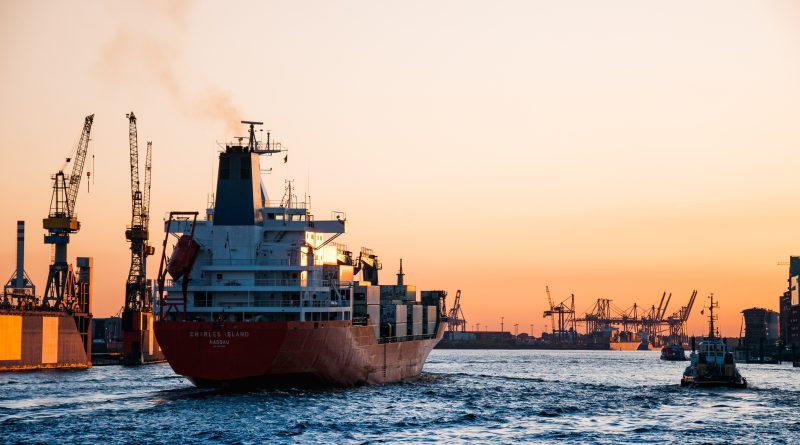Five types of shipping options for companies
Logistics and shipping is critical to any company’s supply chain management, and finding the right shipping method can help reduce costs, increase efficiency, and improve customer satisfaction. Fortunately, there are numerous shipping options available. In this article, we will explore five types, as well as their benefits and drawbacks.
1. Ground Shipping
Considered the most common method, ground shipping is a reliable and cost-effective option to move packages and goods within a country or region through several carriers such as FedEx, UPS, and USPS. The primary advantage of ground shipping is that it’s generally less expensive than air or ocean freight, and it offers various delivery options such as next-day, two-day, or standard delivery, depending on shipment urgency.
2. Air Freight
The name speaks for itself. Air shipping is a fast and efficient method of shipping, ideal for companies that need to move products quickly. Although it is more expensive than ground shipping, it is often more cost-effective than other shipping methods such as sea freight. Additionally, air freight is a reliable option for shipping goods to international destinations, as it can often bypass customs delays and other logistical hurdles.
3. Ocean Freight
Ocean freight is a cost-effective method of shipping by sea for companies that have large, heavy, or bulky items to transport. Ocean freight is slower than air or ground shipping, but it is often the most cost-effective option for international deliveries. Additionally, it offers various container sizes and shipping options, including full container load, or less than container load, depending on the size and quantity of the shipment.
4. Rail Shipping
Rail shipping is great for companies needing to transport goods across long distances. It is often used for transporting large, heavy, or bulky items such as machinery, vehicles, or raw materials. Interestingly, rail shipping is an eco-friendly option for companies that prioritize sustainability, as it produces fewer emissions than other shipping methods.
5. Intermodal Shipping
This option involves using multiple modes of transport to move goods. It combines the advantages of various shipping methods such as ground, air, ocean, and rail shipping to offer a flexible and cost-effective shipping solution. Intermodal shipping often involves using containers that can be easily transferred from one mode of transportation to another, allowing for efficient and secure shipping of goods. Intermodal shipping can often reduce shipping times and costs while improving supply chain efficiency.
Each of the shipping methods explored in this article offers unique benefits and drawbacks, catering to different logistical needs and priorities. By carefully evaluating factors such as urgency, distance, size, and sustainability, companies can make informed decisions to optimize their supply chain management and ensure seamless delivery of goods to customers worldwide.
